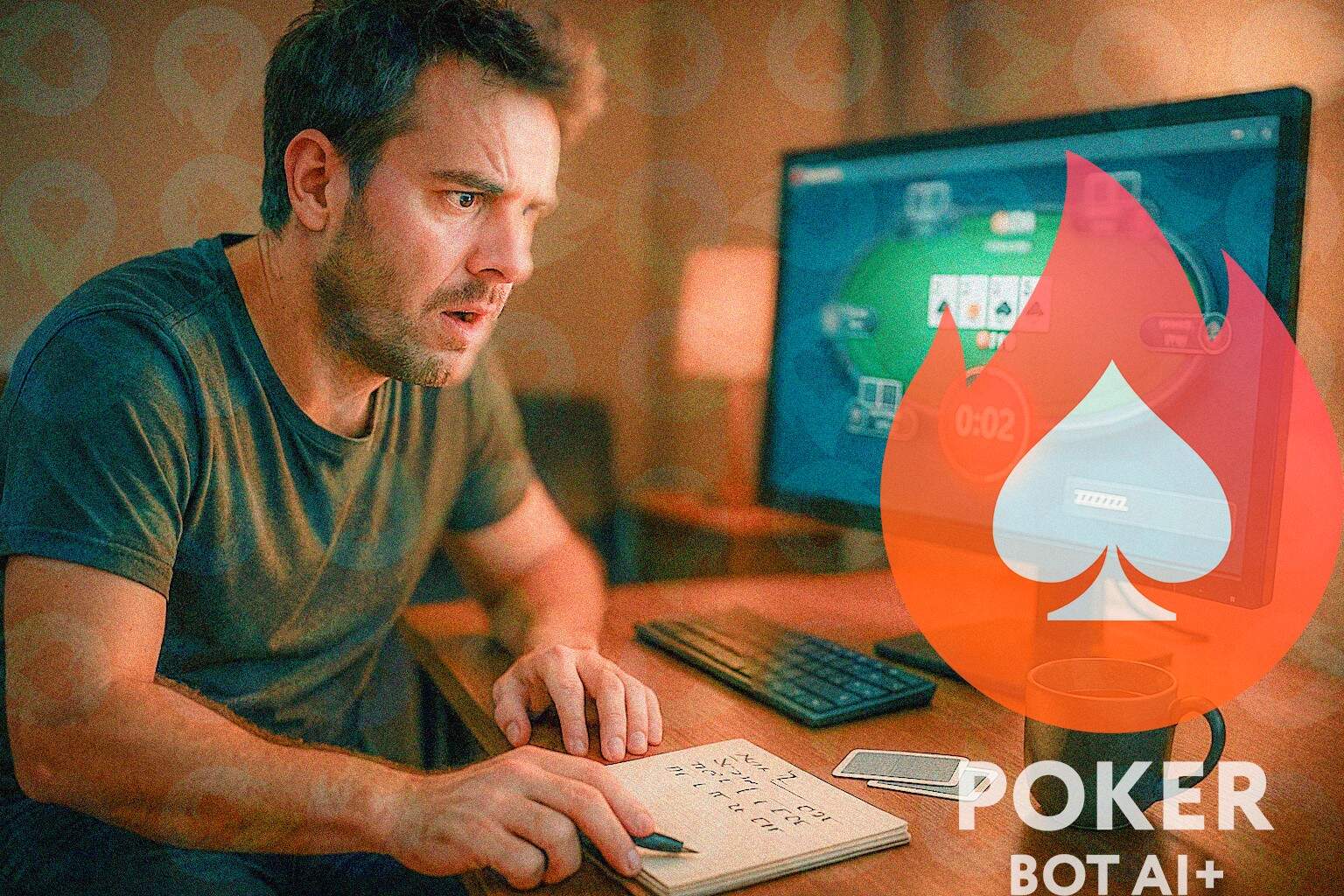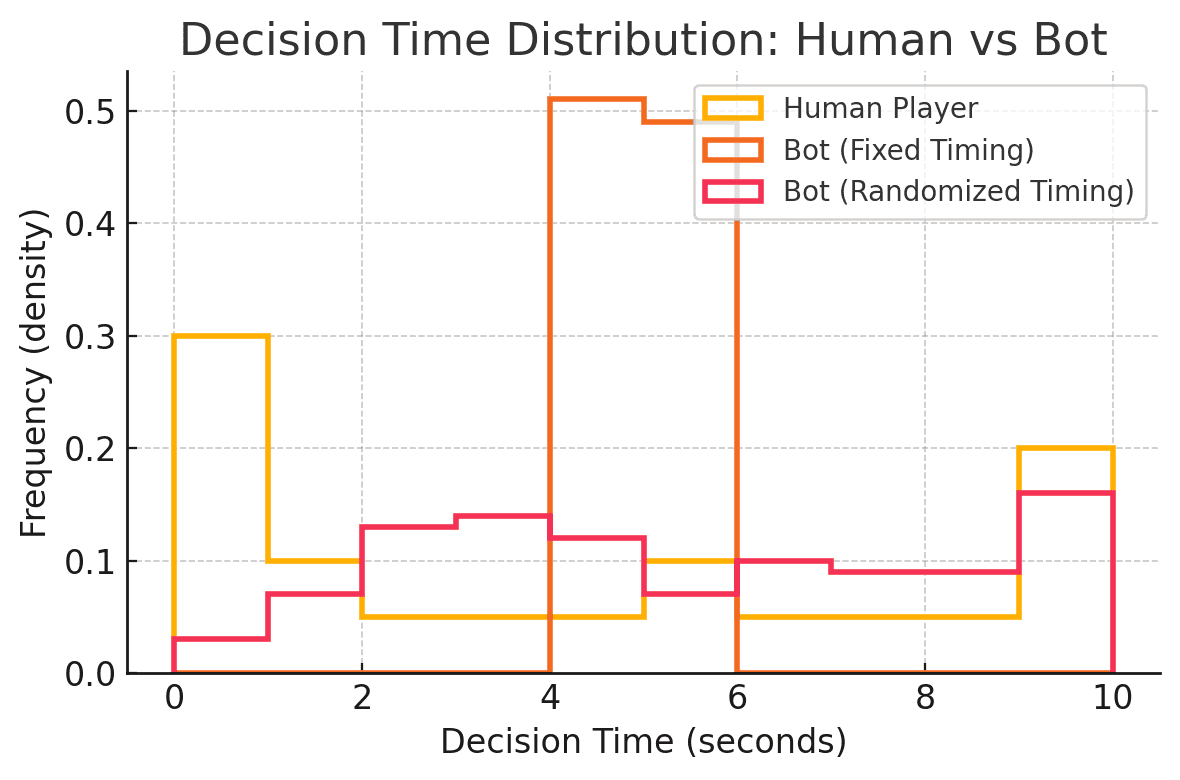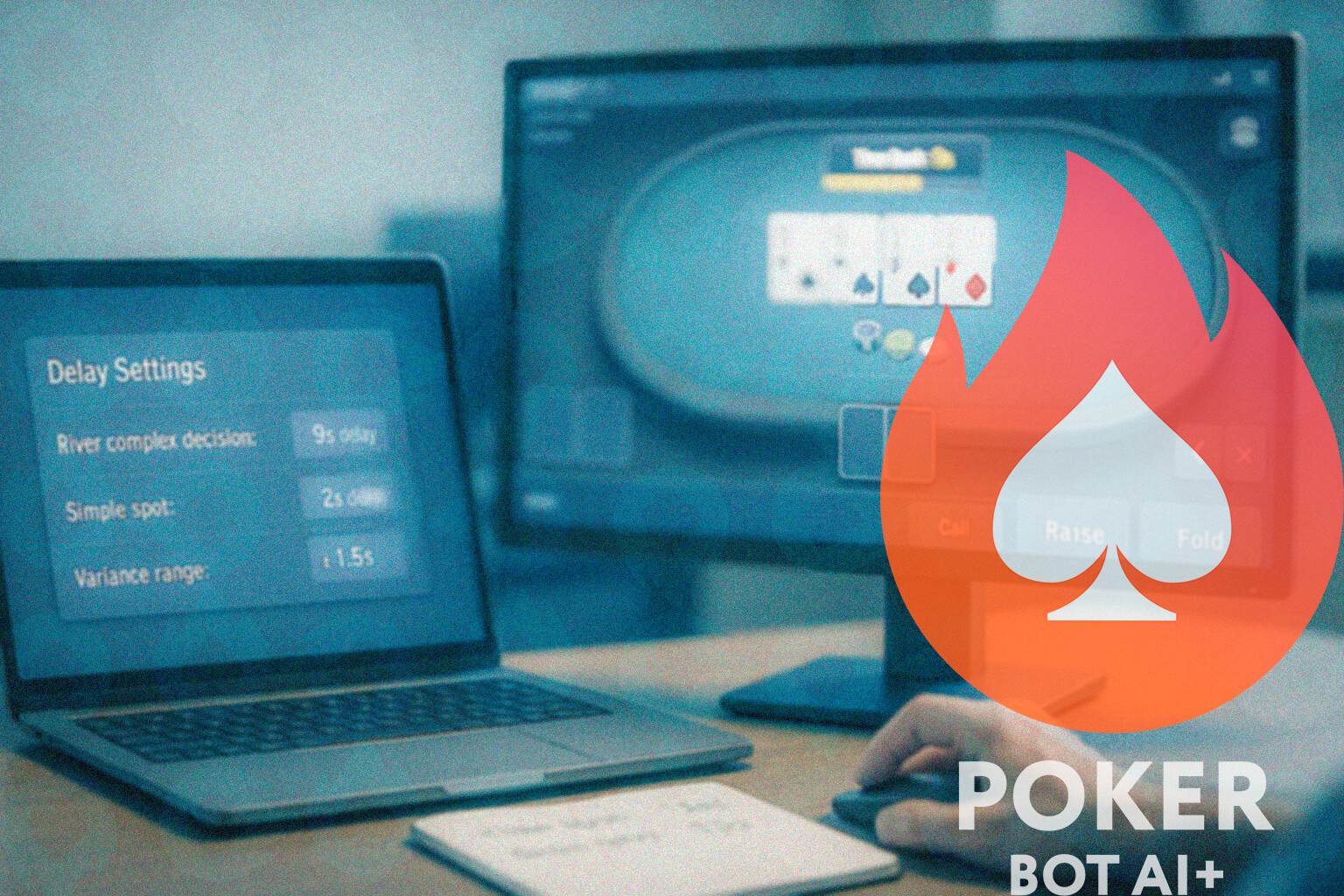
Time Bank Strategy in Poker Bots: Do They Use It Differently?
These things begin with not a theory but a feeling, the kind you acquire after one too many late-night shifts staring at the same avatars, and if you’ve ever looked closely enough, you’ve probably noticed the time bank strategy in poker bots feels very different from the way humans use it, hoping someone – anyone – will press that button for you. There’s the clock ticking; the dramatic tumble into the time bank; the pause intended to play like a message to the opponent; the action. And eventually you notice that some of them are using it as a tool, some as an afterthought and some … well, the way some humans would not use it. The Human Habit of Hesitation
We’re all humans and, as one myself, humans are gloriously inconsistent with time banks. We tank when distracted, snap when we can’t wait, sabotage ourselves from the inside and waste a square inch of opportunity because we’re afraid of looking rushed even though our heart rate is doing back flips. There’s feeling in the timing – tiredness, frustration, at times, an impulse of spite. I once went through my entire time bank on a completely irrelevant hand, just to anger the snap-better against whom I had been tilting for an hour. Childish? Absolutely. Satisfying? Also yes.
For humans, it’s a messy thing to have a time bank, linked to psychology as much as strategy. We are pretending to be doing our GTO ranges while going through Discord. We procrastinate maybe not because the spot is hard, but because we’re tired or we second-guess our gut. The time bank is a very noisy, imperfect human mirror.
Bots and the Time Bank Strategy in Poker Bots
Bots don’t hesitate. In any case, they certainly don’t in the human sense. Early bots exposed themselves with machine-like precision: every decision after exactly 2.5 seconds, every check at the same rhythm. That was the giveaway. There was a time around 2016 during which it was easy to find a bot: You just needed to keep an eye on the metronome of its behaviors. Easy game.

But contemporary bots have grown more subtle. Developers introduce noise and time delays as well as context-based pauses. A bot confronted with a tough river decision might deliberately wait for 9 seconds – not because it “feels” pressured, but because its setup says that high-complexity states mean longer waits. In straightforward places, it may move faster, though only fast enough to simulate human impatience. The problem is, the timing is never real, emotional timing – it’s variation between scripted lines.
I’ve seen bots who wait the very same sort of time a jittery human would and then go all-in. It’s unsettling. It’s like being slow-rolled by an algorithm. This is the point where the time bank strategy in poker bots starts to blend with human hesitation, making it harder to spot without careful observation.
The Overlap Between Human Timing and Time Bank Strategy in Poker Bots

But the weird thing about the spiral is its uncanny valley of timing. Bots are fine, but sometimes they miss the mark. I’ve seen accounts bleed in 15 second increments over trivial preflop spots -hand wringing action on a min-raise with Ace-King AS IF THE DECISION OF THE GODS WAS BEING MADE HERE. No human does that consistently. @ratcop On the other hand I’ve watched “alleged bots” insta-call off half their stack on the river w some awful holding. The tell – lingering in the easy spots, snap-decisions in the tough ones – is still there.
It’s a kind of game in its own right for the player to notice these discrepancies. You begin to wonder: is this hesitation real? Or is it a script that’s calling a wait because the “situation complexity variable” popped over 0.7?
Using Time Banks as a Weapon
Humans weaponize time differently. We stall to frustrate; tank to look weak; snap to look strong. Timing tells are language, even when they hurt us. I’ve proceeded to slow-play monsters with long tanks and gotten called by hands that would have folded if I just bet fast. And yes, I snap-shove my bluffs trying to come across as the type of guy who doesn’t need to think.
Bots cannot replicate that – they cannot tell when a human player just types “zzzzzz” in chat, making the table shift. They can’t smell the impatience. The timing of these headphones depends on statistical estimates of how a delay will be heard. It works… until it doesn’t.
What We Learn by Watching

After thousands of hands against both humans and presumed bots, one truth keeps rising to the surface: time bank usage is a fingerprint. For humans, it’s blurry, selective, hijacked by mood and mental fatigue. It’s cleaner, patterned, sterile; even when it’s randomized, it is randomized within a defined boundary.
As players, we adapt. We learn to read timing Doubting, Ensuring Testing opponents by testing our own. I’ve been trying to take approximately the same amount of time for everything I do – not to look like a bot but to remove timing tells from my game. And yes, sometimes I still tank an absurd amount of time on a stone bluff, in part for effect, in part because I am still human enough to hesitate.
So do bots treat the time bank differently? Absolutely. Not because they are naturally faster or slower, but because every tick of their clock is intentional, measured and without all the messy human pause that makes poker both readable and infinitely unpredictable.
And down there, deep down in that gulf, is where the real game is still played. Understanding the time bank strategy in poker bots is part of that game — reading their delays as carefully as their betting lines.
